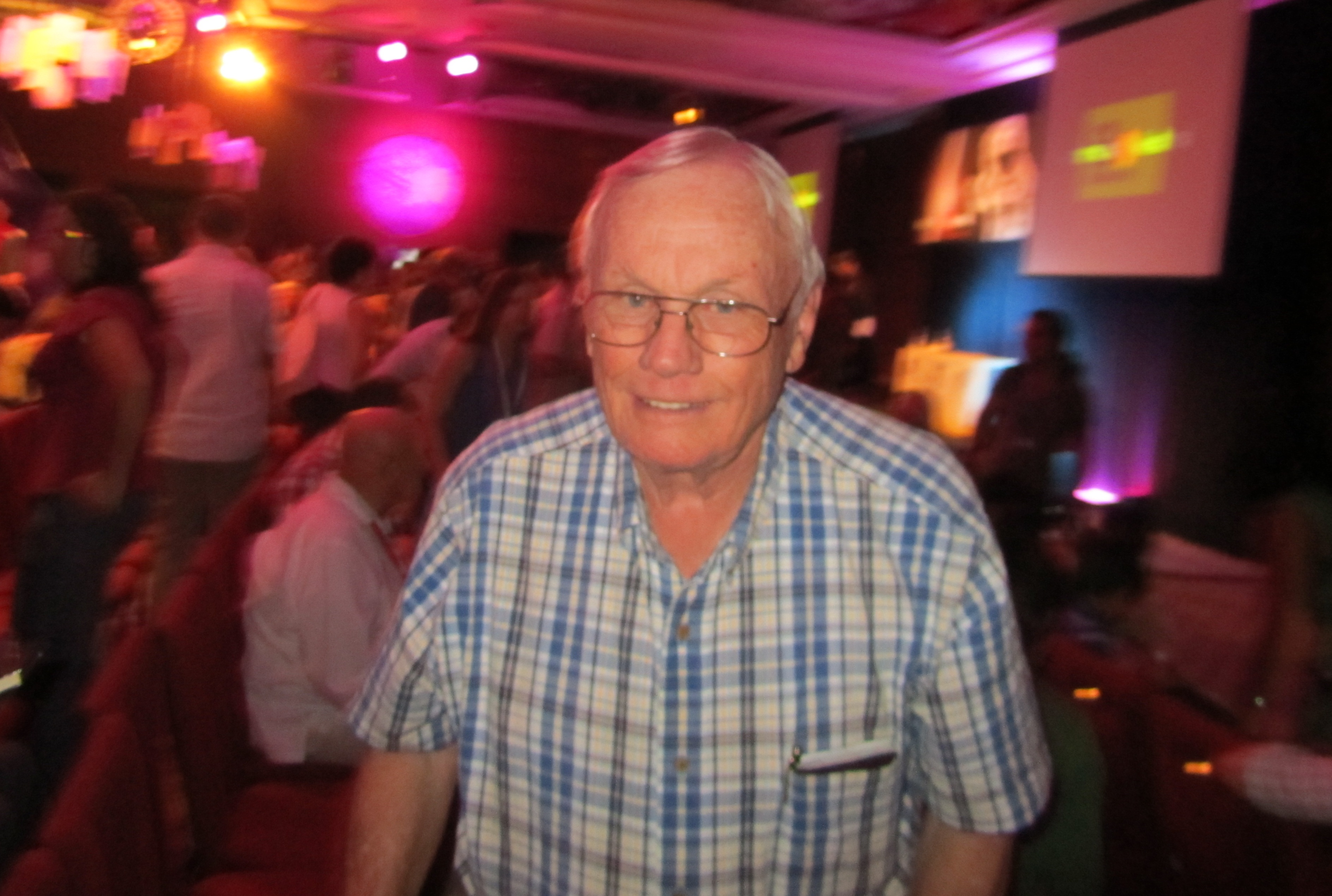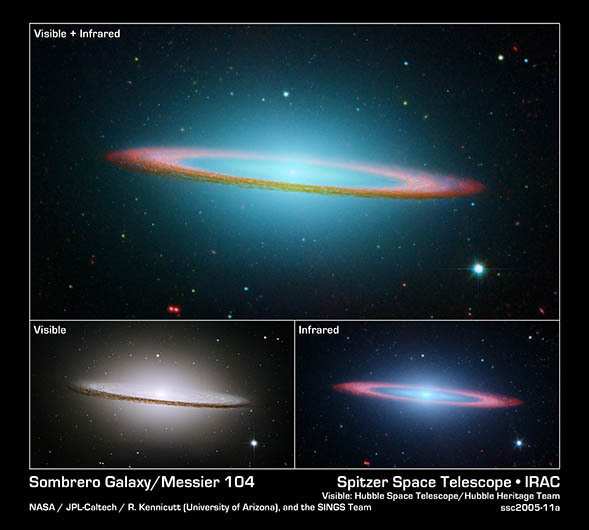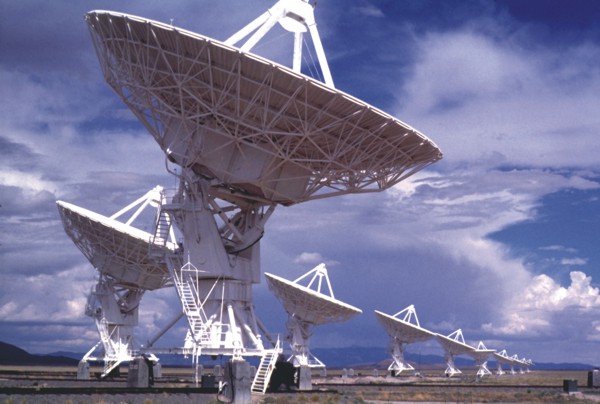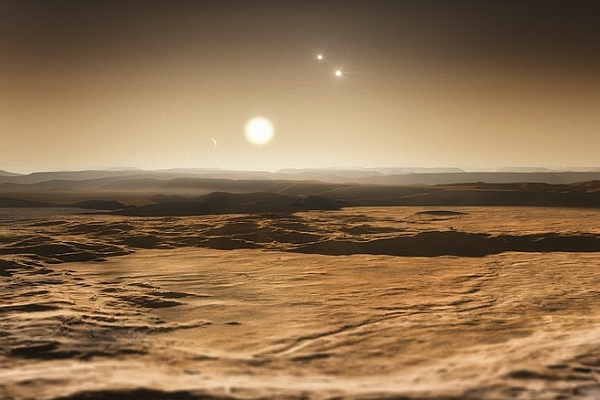Writing, to me, is simply thinking through my fingers!
(Isaac Asimov)

Dr. Harald Zaun
Science Historian- Science Author
It is my task to convince you not to turn away because you don’t understand it. You see my physics students don’t understand it… That is because I don’t understand it. Nobody does!
(Richard P. Feynman, 1918-1988)
I love astrophysics. It’s like looking at the universe naked!
(Sheldon Cooper / Big Bang Theory, 2010)
Inside the nothingness. No light. No space. No volume. No life. No time’s arrow flies, no cosmic clock ticks. Only the total emptiness runs over the vacuum. But only seemingly. Because outside the beyond and far from this world an infinitely small, concentrated, high-mass and hot point exists, in which indefinable particles and forces are trapped.For which reason somewhen and never and somewhere and at no certain place this point-shaped structure, that astrophysics call Big Bang- or initial singularity “exploded 13.8 billion years ago is still the biggest mystery of them all. How did the world that is known to us with matter and anti-matter come to be and how were matter-types still unknown to us created? Why did the Big Bang ignite? And above all, what was before the Big Bang, before the beginning of time and space? Who or what was the prime mover, if one like this existed at all, who was able to free the nothingness from itself and starting the matter-based existence? And how many acts followed this mighty overture, with its unknown final act? Or is all based on a great coincidence or even an opaque chain of coincidences? All these moving questions are best represented in the Anthropic Principle; its final variant and the exobiological-cosmic version (about which I’ve written texts before) fascinates me most.In general, the Anthropic Principle reflects the laws of physics, natural constants and the cosmological initial conditions as well as its consequences. It exclusively tries to answer, whether the cosmic fine tunings were that exactly adjusted, that life, as we know it, had to develop inevitably, or whether coincidence was a main aspect – that multiplied by itself in the course of evolution – causing our existence. What would have happened, if just a single domino of the cosmic, geologic and biologic chain of evolution had dropped differently or not at all and thus this eventful chain reaction from the Big Bang to the human had not been set into motion?
Further contributions from my collection
Historcal SETI-signal without a cosmogram
In this contribution I do away with the mysterious “Wow!-Signal”. While some thing this might be a piece of an intelligent sign of life in space, I would simply consider it data from a satellite…
The one, who followed the birds’ flight
I’ve written this feature on the occasion of a DLR-study, proving that Otto Lilienthal, the first human who has provenly flown with a glider, built a highly aerodynamic glider and that his accidental death in 1896 did not happen because of technical reasons. Obviously I did not disregard the science-historical dimensions of his achievements and is impact on future generations.
The final variant of the Anthropic Principle is not less fascinating. It states, that intelligent information processing has to appear somewhen in the universe and can never become extinct again. This postulation of an eternal life (not in a biblical sense) gets new qualities in the current electronical revolution and the discussion about the human 3.0. Based on this background, the question arises how many extra-terrestrial beings are children of their sun and carry the stardust in themselves that has been released in countless supernova explosions into the cosmos? This aspect probably mesmerizes me most.
“How many brothers and sisters may have lived or will live out there, in the boundless vastness of space?”
How profitable or dangerous would a “First Contact“ be? As our universe is a cosmos full of question marks in which sufficient space for speculations and new hypotheses remain, I also consider the new Pre-Big-Bang-concepts as an alternative to the established Big-Bang Theory worthy of discussion. The same goes for cosmic exotics such as Black Holes. From a science historical perspective, I am also interested in the ministry of Albert Einstein, and the inseparable link to the search of the Grand Unified Theory, the “world formula”.Will it ever be possible to link the General Theory of Relativity to the Quantum Theory to find an equation that will explain (almost) everything, without haloing everything at the same time? I think we can only find scientifically sound responses, that precise our position in the universe, when we sharpen our senses to the maximum, use sophisticated mathematics and optimise telescopes as well as accelerators and the likes. Discoveries of this decade, such as Higgs-Particles and Gravitational Waves– posited in theory and scientifically proven thanks to ultramodern technical systems–, document remarkably the necessity and the high significance of basic research.
Further contributions from my collection
When supermassive black holes are stretched to their limits
I just cannot keep my hands off these black giants. They are simply to fascinationg, the black matter traps, that actually are not black. And strictly speaking, they are not even holes…
The biblical star that was not
I’d like to believe in this beautiful tale of the Three Wise Men following a star. But looking at history, the few historical sources and the astronomic backgrounds, the fictional character of this narrative becomes obvious.
Finally, as a science historian I consider history essential, as the past gives us the keys to understand the present better and to set the right course for the future. Furthermore, all empirical data that is used by researches is somewhat related to the past. Despite this, the temporal layers of present or future are not the place where the treasure chests of knowledge are buried. They are much more likely found on the not yet discovered islands of knowledge of the past. To understand the sense of being, we have to dig deep into the past eras, back to the beginning of consciousness and intelligence, along the path of evolution and up to the original of earthly presence and the universe. There, we may meet the sometimes mysterious, far cosmos. In the Quantum World we come across the infinite small, in space we see the contrast of the finite big, and by analysing life in general, the infinite complex unfolds.
Every researcher is finally also a historian of his discipline. Of all, the astronomer looks back the furthest and involuntarily becomes a time traveller. Just like a palaeontologist studying fossils to reconstruct and determines life and age of primeval animals or plants, an astronomer studies cosmological fossils: electromagnetic radiation, gravitational waves and furthermore neutrinos. As you can see, my research areas are broad-ranging for a reason. Nevertheless Astrophysics, Cosmology and especially Exobiology/Astrobiology/Bio Astronomy/SETI are without doubt my favourite disciplines, about which I currently carry out research and write, primarily for book publishers of specialist books, as well as popular science publications.
Further contributions from my collection
Search for traces of techno-signatures in extraterrestrial atmospheres
Two astronomers suggest, to use the James Webb Telescope (JWST) for a spectographic analysis of the atmospheres of near-Earth, Earth-like exoplanets in the near future, looking for chemical waste, emissions of an extraterrestrial industry. Here, of all things, CFCs play an essential role…
One and for all – the legendary Mars-face which many UFO-fans or Paleo-SETI-disciples have even declared an extraterrestrial artefact, is nothing more than an exogeological random structure- not more, but also not less.
Presenting complex and meticulous issues comprehensibly and in an exciting way to arouse a fascination for current topics linked with deep background knowledge – this is a highly interesting task to me. However, sometimes it is necessary to vehemently confront conspiracist, abstruse and esoteric tendencies, whose representatives suggest that they would have scientific competences, as in the Moon-Hoax-Debate.

Neil Armstrong, the first man on the moon. Image: Mutz/Zaun
During my 20 years of writing and researching, I conducted many interviews with renowned scientists, Nobel laureates and astronauts, where meeting the first two moonwalkers Neil Armstrong and Buzz Aldrin in 2011 was surely a highlight. Without doubt those meetings, which oftentimes lead to long conversations got me a step further in a social and intellectual perspective. For mankind this might not have been a big step ahead but looking at the overview-effect that astronauts have experienced, I would never want to miss this experience.
Dear reader, please let me finish on the topic of SETI-Astronomers, who are, strictly scientifically, searching for radio-, infrared and laser-emissions, that extra-terrestrial technologies send intentionally or unintentionally. I have though and written about this a lot – and will continue to do so with pleasure. Until now, SETI-researchers have only eavesdropped on the stars that are closest to earth, knowing that almost every star in the universe has its own planetary children, so called exoplanets. Most are satellites of suns that are within a radius of 1.000 light years.
Meeting the first two men on the moon Neil Armstrong and Buzz Aldrin was surely a highlight of my work.
No, none of the winners of those senseless, rating-fixed, sensationalist and sexist panem-et-circenses-TV-Trash production like American Idol, Big Brother, GNTM, Jungle Camp, The Bachelor or any world champion or olympic gold medalist in a random sport will be of interest for the future generations in, say, 1000 years. If someone of you would have to decide on the most important event in the history of mankind is seen (be it through sensors or eyes, who knows whether this could also be a robot or android), it will surely be the first manned mission to the Moon in July 1969. What the great Neil Armstrong celebrated as the first person with his small steps on the moon, will be interpreted by our descendants as the biggest jump and an uncomparable caesura. After all, Armstrong’s lunar steps have paved mankind’s way into space, preparing the step from homo sapiens to homo spaciens.
The picture was takenon Tenerife in June 2011 on the occasion of the first Starmus-Festival. We met a very relaxed Neil Armstrong, who did not seems as media-shy as usual. Sadly, this great human passed away 14 months later. In memory of his historical achievements, I’d strongly like to underline that the six Apollo-landings by NASA were indeed real and that in the past century a total of twelfe US-astronauts have raised the lunar dust with their feet. Angels and messengers of god help us! No conspiracy has taken place!
These suns are themselves stellar children of an average galaxy, that itself with its 100.000 light year diameter is again just a galactic child among many in the universe. Just like the other more than 500 billion offsprings, our home galaxy also has to pay its cost to the law of cosmic expansion. Consequently, our extragalactic friends are distancing themselves further and further. They, the extragalactics out there, as well as the innergalactic others at least have on those different levels one point in common: They are all so far – but still so numerous…

Harald Zaun



